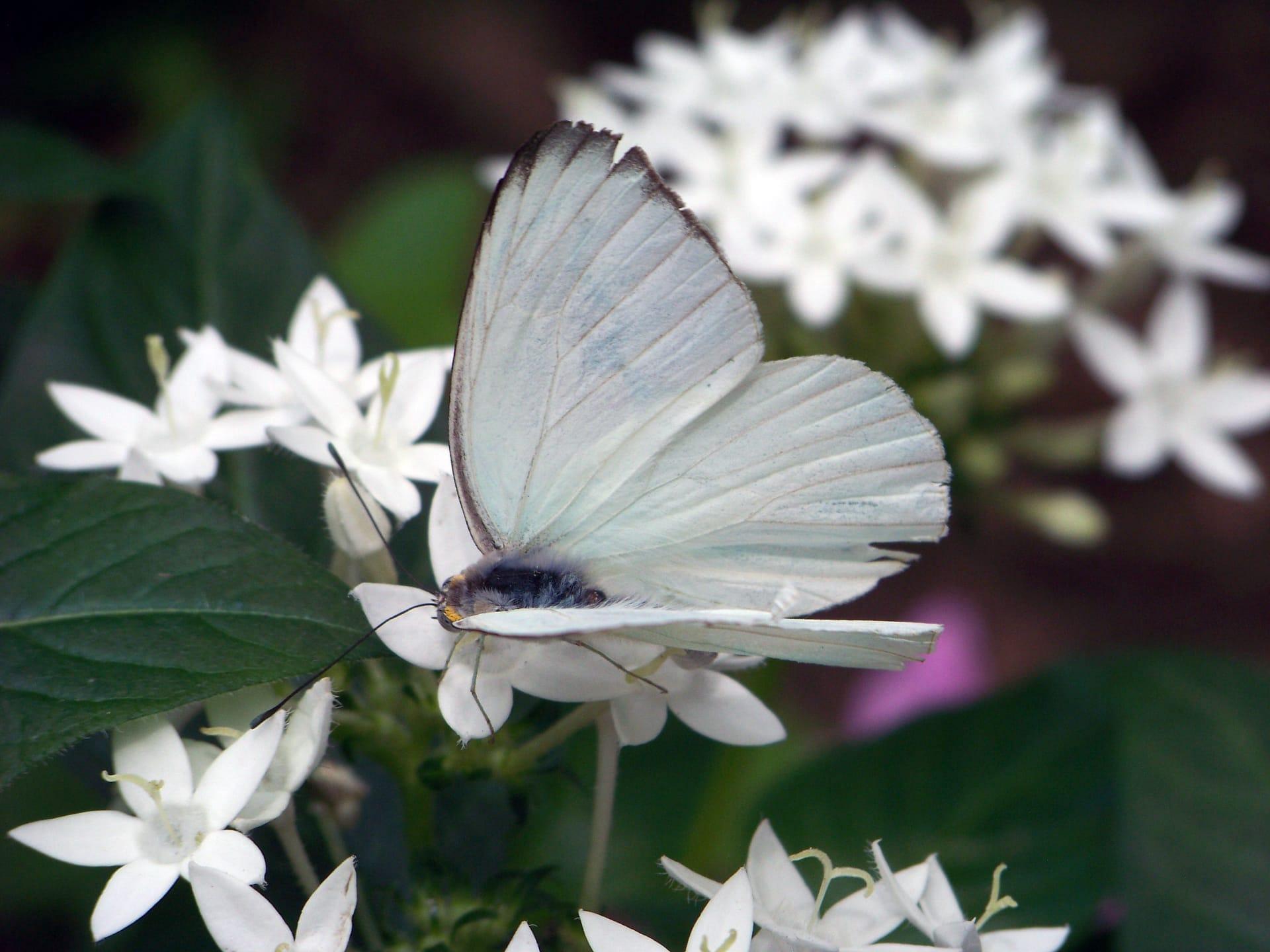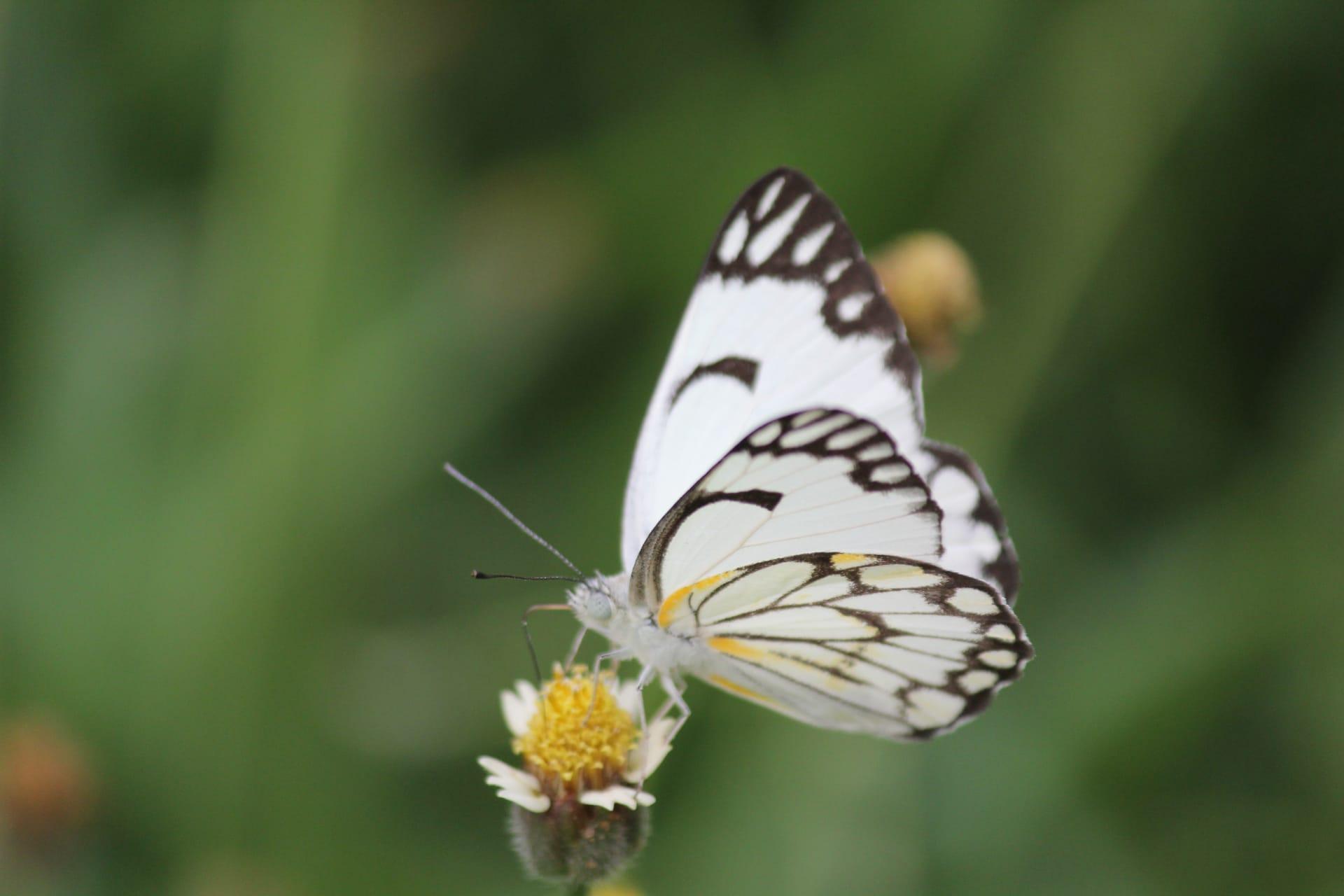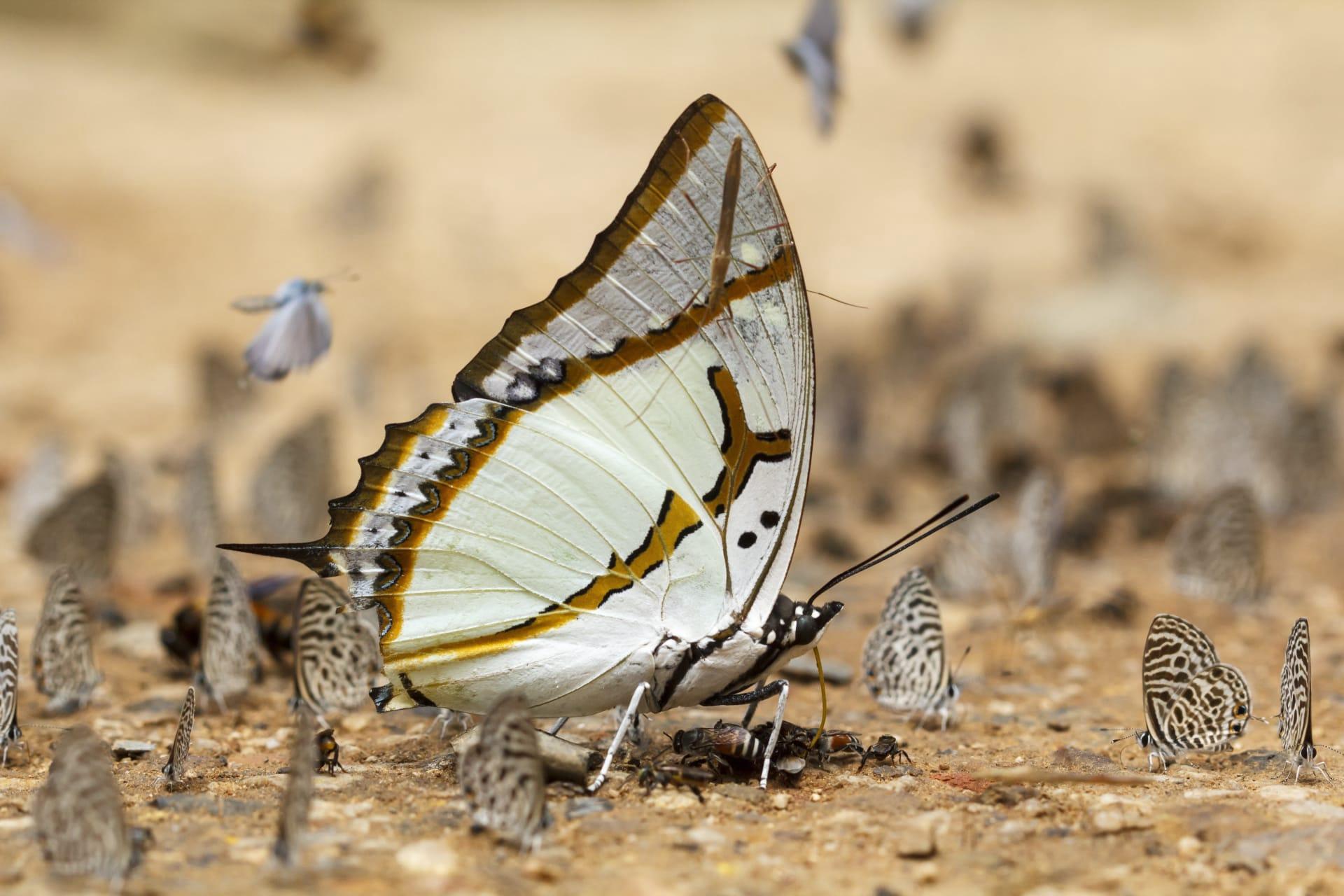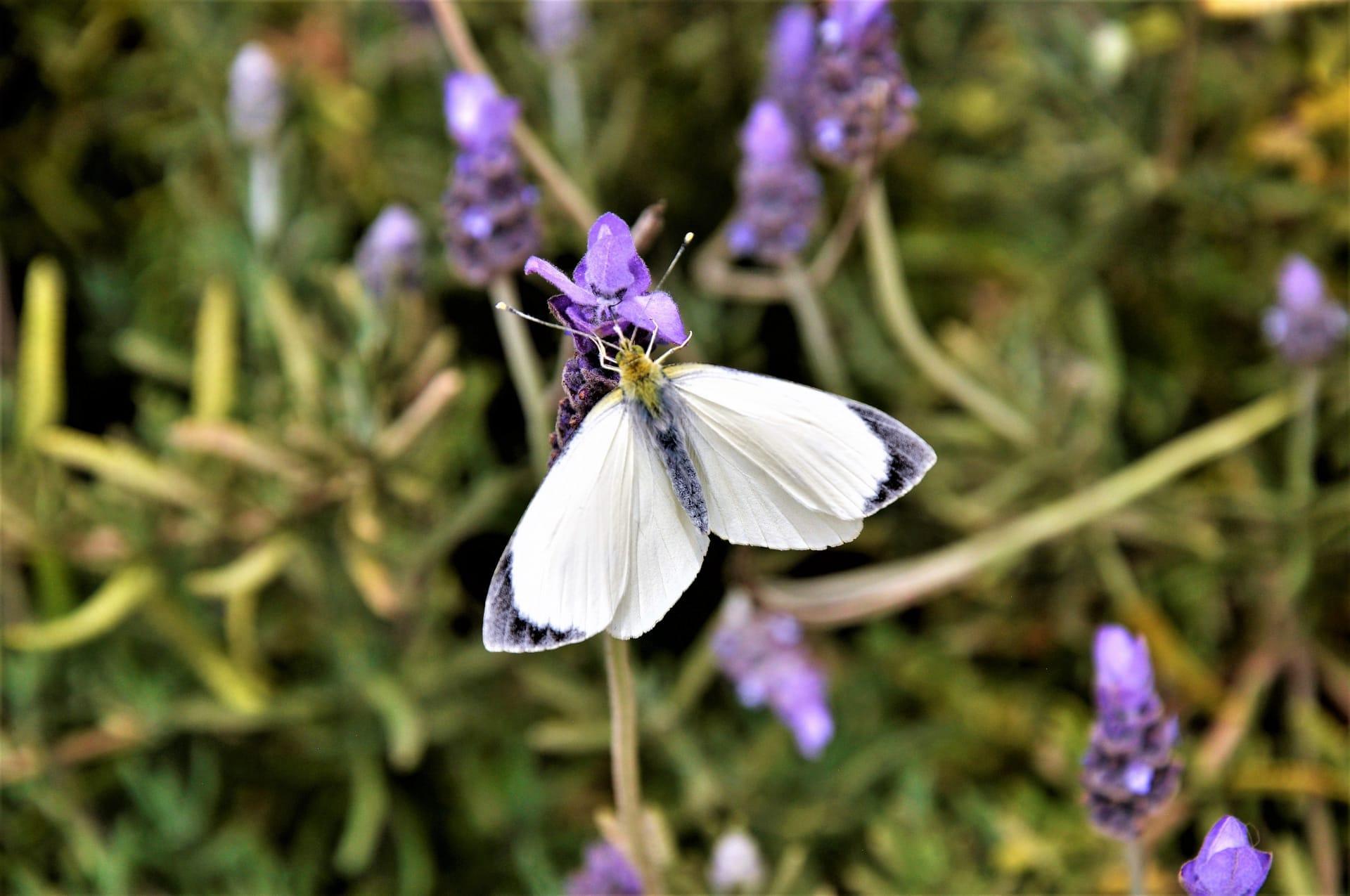1
White butterflies, known for their striking ivory-colored wings, are not just a single species but a group that includes several species like the Large White (Pieris brassicae) and Small White (Pieris rapae). These butterflies display a wingspan ranging from approximately 1.9 to 2.7 inches (5 to 7 cm), making them a noticeable presence in their natural habitats. One fascinating aspect of these butterflies is their ability to regulate body temperature. White butterflies have a special behavior called basking, where they position their wings to absorb maximum sunlight. This is crucial as butterflies are cold-blooded and rely on external heat sources to become active. During basking, they can increase their body temperature significantly, which is essential for muscle function and flight.
Another interesting fact about white butterflies is their migratory behavior. Some species, like the Small White, are known to travel considerable distances. In Europe, these migrations can span hundreds of miles. What's intriguing is the purpose of these migrations. Unlike migratory birds that travel to escape cold climates, white butterflies migrate to find suitable habitats and food sources for their larvae. This migration is driven by environmental factors such as temperature and food availability. Their journey is a remarkable display of endurance and navigation, showcasing their ability to adapt to changing environments.

2
The diet of white butterflies' caterpillars is quite specific. For instance, the caterpillars of the Large White prefer plants in the Brassicaceae family, commonly known as the mustard or cabbage family. These caterpillars are known to have a voracious appetite, often causing significant damage to crops like cabbage, broccoli, and kale. Their preference for these plants is due to specific chemicals present in the leaves, which caterpillars can digest and even use as a defense mechanism against predators. These chemicals, once ingested, make the caterpillars unpalatable to many birds and insects.
Another captivating fact about white butterflies is their role in pollination. While they are not as efficient as bees, white butterflies do contribute to the pollination of various plants. As they flit from flower to flower, feeding on nectar, they inadvertently transfer pollen on their legs and bodies. This aids in the fertilization of plants, promoting biodiversity in their ecosystems. This role highlights their importance in maintaining ecological balance and showcases the interconnectedness of species within an ecosystem.

3
White butterflies have developed intriguing defense mechanisms against predators. One of these is their wing pattern. The underwing patterns of some white butterflies resemble leaves or flowers, providing camouflage when they are resting on plants. This mimicry makes them less visible to predators like birds and spiders. Additionally, when in flight, the bright white color of their wings can confuse predators, making it harder for them to track the butterfly's exact location.
The reproductive strategy of white butterflies is another fascinating aspect. These butterflies lay clusters of eggs, often on the underside of leaves. The eggs are tiny, oval, and initially pale yellow, turning darker as they near hatching. This clustering strategy is advantageous as it increases the survival rate of the larvae. Once hatched, the caterpillars feed collectively, which helps in overwhelming the plant's defenses, like toxic compounds or physical barriers like hairs or thorns.

4
White butterflies exhibit a phenomenon known as 'hilltopping'. Males of some species fly to the top of hills or high points in the landscape and patrol these areas to intercept and mate with females. This behavior is a mating strategy where males compete for the best hilltop territories, which are likely to attract females. Hilltopping provides males with a vantage point to spot incoming females and also serves as a rendezvous site for mating.
Seasonal variations greatly affect the life cycle of white butterflies. In temperate regions, these butterflies go through a process called diapause during winter. Diapause is a form of hibernation where development is paused, allowing the butterfly or its larvae to survive in a dormant state during adverse weather conditions. This adaptation is crucial for their survival in regions with significant seasonal changes. The timing of diapause and the stage of life at which it occurs (egg, larva, pupa, or adult) can vary among species and is triggered by environmental cues like temperature and day length.

5
Sensory perception in white butterflies is highly adapted for survival. They have compound eyes that provide a wide field of vision, essential for detecting predators and finding mates. These eyes are made up of numerous tiny lenses, each providing a small part of the overall image. This structure allows them to detect fast movements and navigate through their environment efficiently. Additionally, their antennae are not just for balance; they are sensitive to chemical cues in the environment, helping them locate food sources and potential mates.
The role of white butterflies in cultural symbolism and research is noteworthy. In various cultures, white butterflies are seen as symbols of purity, transformation, and hope. In scientific research, they have been model organisms for studying genetics, particularly in understanding the evolution of wing patterns and coloration. Researchers study these butterflies to gain insights into the genetic basis of physical traits and how these traits have evolved in response to environmental pressures like predation and habitat change. This research has broader implications for understanding biodiversity and evolutionary biology.